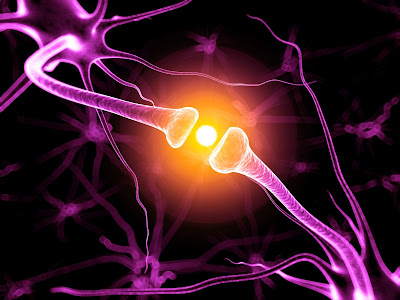Trauma therapy is a form of experiential talk therapy that works due to the mind-body connection.
The experiential aspect of trauma therapy is related to the mind-body connection where you're not just talking about what you think in an intellectual way--you're also experiencing your thoughts and feelings in an embodied way.
See my articles:
What Type of Issues Are Processed in Trauma Therapy?
Trauma therapy helps clients to process unresolved trauma including (but not limited to):
- Childhood Emotional Neglect and Other Types of Childhood Trauma
- A History of Physical Abuse
- A History of Emotional or Psychological Abuse
- A History of Traumatic Relationships
- Shock Trauma: One-time events that were traumatic like natural disasters, getting robbed and so on
- Combat Trauma
- Other Traumatic Experiences including a history of experiencing bullying, emotional and verbal abuse to name just a few issues that clients work on in trauma therapy.
How Does Trauma Therapy Work?
When a person experiences trauma, it triggers heightened activation in the part of the brain called the amydala.
See my article: How Trauma Therapy Can Help You to Overcome Unresolved Trauma
The amydala processes emotions and memory processing (see my article: Trauma and the Triune Brain).
The amydala can be slow to process trauma. This often leads to activation with regard to everyday stimuli including loud noises, scents, certain visual cues and other triggers which are specific for each person.
This activation can occur even when people haven't developed PTSD (posttraumatic stress disorder) symptoms.
Trauma therapy helps clients to reprocess unresolved trauma in a way that is safe and effective without being retraumatizing.
Trauma therapists have advanced training and skills in one or more types of trauma therapy.
Due to their training and skills, trauma therapists know how to help clients to process trauma without retraumatizing them.
Not all therapists have trauma therapy training so it's important to ask any therapist you contact about their training, skills and background.
Over time, as you process trauma, you can prioritize taking care of yourself and leading a full life again.
What Are the Different Types of Trauma Therapy?
There are a variety of therapies that come under the umbrella of trauma therapy including (but not limited to):
- EMDR Therapy (Eye Movement Desensitization and Reprocessing)
- AEDP (Accelerated Experiential Dynamic Therapy)
- Somatic Experiencing (SE)
 |
| Somatic Experiencing (SE) |
- Parts Work (including Ego States Therapy and Internal Family Systems which is also known as IFS)
What is the Negative Impact of Unresolved Trauma?
Unresolved trauma can have a negative impact on every area of your life including:
- Relationships and family life
- Work
- School
- Friendships and social life
What Are the Benefits of Trauma Therapy?
Some of the benefits of trauma therapy include:
- Eliminating or reducing triggers and other trauma-related symptoms
- Overcoming distorted negative beliefs
- Reframing traumatic experiences to make sense of these experiences
- Reducing anxiety, irritability, anger and frustration
When Would Be a Good Time to Seek Help in Trauma Therapy?
As previously mentioned, unresolved trauma can affect every area of your life.
If you are experiencing one or more of the following symptoms, seek help from a qualified trauma therapist:
- Insomnia and Trouble Sleeping
- Other Trauma-Related Symptoms That Affect You
Getting Help in Trauma Therapy
It can be difficult to ask for help, especially when you are experiencing the symptoms of unresolved trauma.
 |
| Getting Help in Trauma Therapy |
When you seek help from a trauma therapist, ask her about her training, background and skills related to trauma therapy (see my article: What is a Trauma Therapist?).
Freeing yourself from your traumatic history can help you to live a more fulfilling life.
About Me
I am a licensed New York City psychotherapist, hypnotherapist, EMDR, AEDP, EFT (for couples), Somatic Experiencing and Sex Therapist.
I work with individual adults and couples.
As a trauma therapist, I have helped many clients to overcome unresolved trauma so they could go on to live a more fulfilling life.
To find out more about me, visit my website: Josephine Ferraro, LCSW - NYC Psychotherapist.
To set up a consultation, call me at (917) 742-2624 during business hours or email me.





.jpg)

.jpg)











.jpg)









.jpg)













